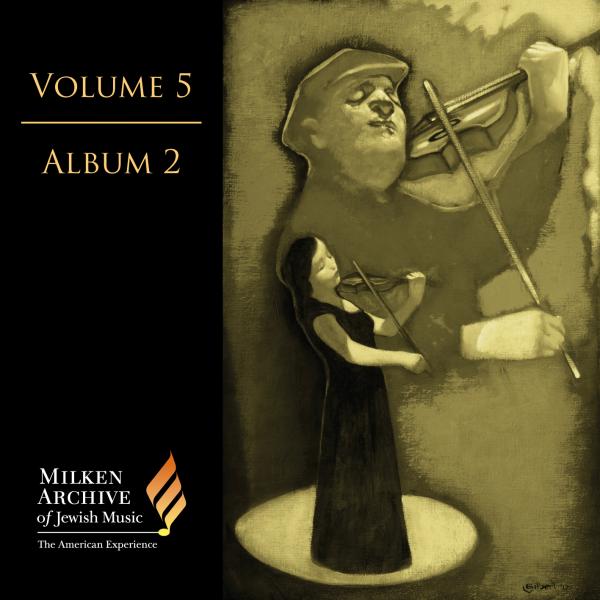Tracks
Liner Notes
In 1986 the well-known clarinetist David Shifrin invited Schoenfield to compose a trio for clarinet, violin, and piano, but since he was engaged at the time with a number of other projects, it was only in 1990 that he began sketching out the work. For the composer, the endeavor echoed a long-held interest in creating music aimed at celebratory Hassidic gatherings and weekday or weeknight festivities as well as at classical chamber music concert audiences completely outside the Hassidic milieu. This posed an aesthetic challenge, for the music would have to be entertaining and artistic at the same time—precisely the kind of challenge Schoenfield has welcomed in fashioning many of his compositions. The resulting Trio for Clarinet, Violin & Piano is an ingenious blend of artistic ensemble, instrumental virtuosity, and deliberately fragmented references to melodies that might well have been heard at various Hassidic courts in Europe. Many of those courts regularly employed or invited purely instrumental bands of klezmorim for their celebrations. Thus, this piece features inflections and ornaments typical of the clarinet playing in those bands, in both Europe and America. But much of the writing for all three instruments here goes well beyond such folk idioms in its sophistication, recalling moments in chamber music by composers such as Shostakovich, Prokofiev, and Bartók.
The first movement, Freylakh, is so titled because of its melodic and rhythmic representation of one of the best-known dances among eastern European Jewry. Although it is not especially or exclusively Hassidic, it was heard at Hassidic courts in the context of festivities. The frenetic energy and intensity in this work, however, generally exceeds that of any performance of a freylakh by klezmorim in the context of entertainment or dance accompaniment. From the outset, it is clear that this is primarily a concert work rather than Gebrauchsmusik, regardless of the nature of its audience. Schoenfield has described March, the second movement, as “bizarre and somewhat diabolical.” Recalling and manipulating known folk motifs, its melodic and rhythmic material reflects a typical march at a Hassidic court during a festive occasion. The third movement is titled Niggun in reference to mystical, deeply spiritual Hassidic melos in general. The final movement, Kozatzke—a Russian Cossack dance often adopted by Jews at wedding celebrations—incorporates bits of both Russian and eastern European Jewish dance tunes.
Credits
Composer: Paul SchoenfieldPerformers: Charles Neidich, Clarinet; Lev Polyakin, Violin; Frances Renzi, Piano
